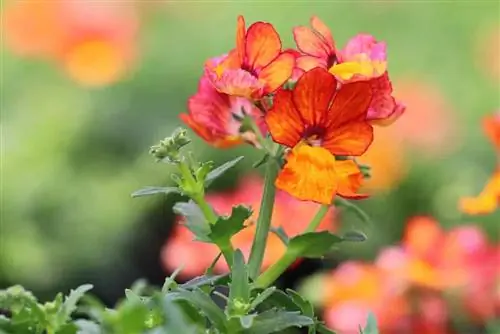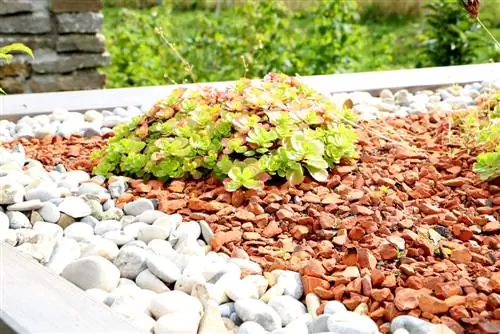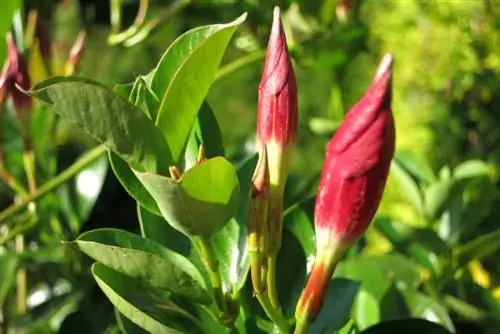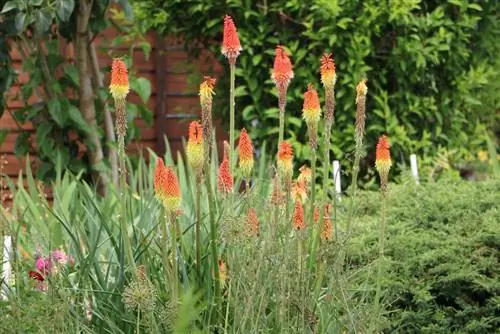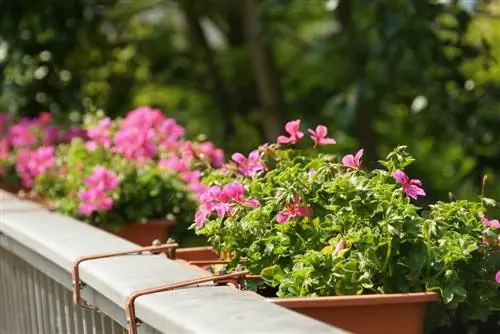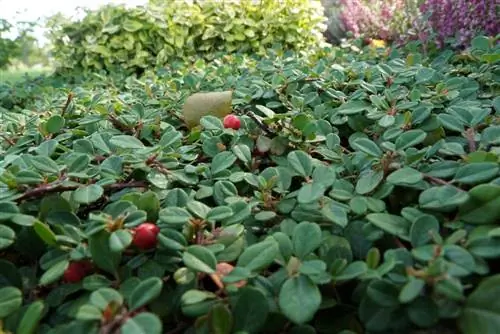- Author admin [email protected].
- Public 2023-12-17 03:39.
- Last modified 2025-01-24 12:45.
In order to transform the balcony into a green and flowering oasis, it must meet the requirements of the plants. A south-west balcony is a balcony that only gets sun from midday onwards. So it doesn't offer the plants sun all day long and usually no or only a little blazing midday sun.
Plants for the southwest balcony
Therefore, plants with the following location requirements are suitable for a southwest balcony:
- no blazing midday sun
- sunny location
- Penumbra
Tip:
When choosing balcony plants, pay attention to whether they need to be protected from wind, moisture or rain.
From A to M
Elfenspiegel (Nemesia)
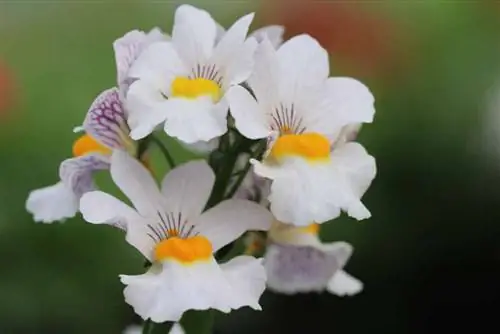
The elf mirror blooms in the colors white, yellow, orange or blue. Multi-colored varieties of the summer bloomer are also available. The flowering period of Nemesia is from June to October. The height of the bushy-growing plants is between 20 and 60 centimeters. When caring for it, the most important thing to pay attention to is the dosage of water, because the Elfenspiegel neither likes dry nor wet feet. The plants are also extremely sensitive to drafts.
Tip:
As soon as Nemesia's ability to bloom has decreased, you should cut the plants back heavily. This can lead to a second flowering in September.
Geranium (Pelargonium)
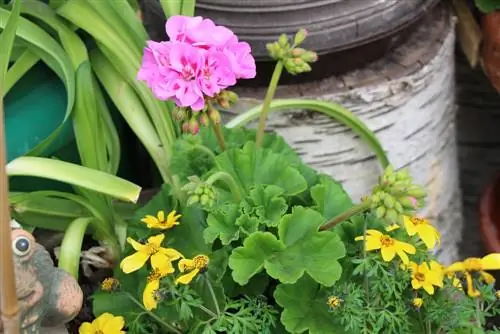
The geranium, the classic balcony flower, is of course also suitable for the southwest balcony. The easy-care plants like the sun and can even tolerate a slight breeze. Geraniums cannot tolerate waterlogging. You should also fertilize them regularly, because geraniums need a lot of nutrients during flowering.
Tip:
Geraniums don't necessarily have to look monotonous. A combination of different varieties with different flower colors really mixes up the balcony classic.
Hydrangea (Hydrangea)
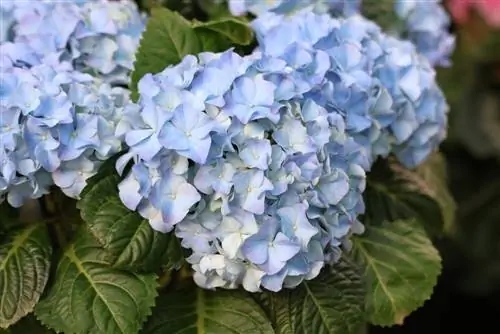
Hydrangeas are suitable as sun-loving potted plants on the southwest balcony. However, they do place some demands on care. The plants must be watered regularly and extensively because they need a lot of water. The same goes for fertilizing. Since they need a lot of nutrients, they need to be fertilized regularly. If these care measures are followed, the hydrangea will thank you with lush flowers.
Tip:
Blue hydrangeas can bloom pink at higher pH levels. In order for the flowers to develop their blue color, the pH value should be at five.
Hussar Buttons (Sanvitalia procumbens)
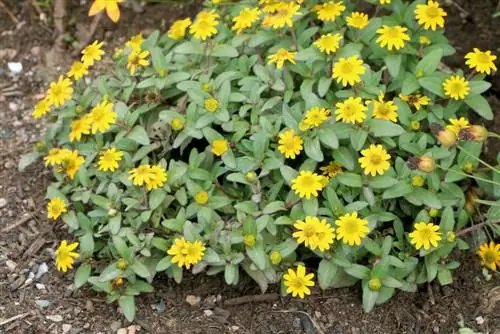
The annual Hussar button, also known as Hussar button, transforms the balcony with its yellow ray florets into a veritable sea of flowers. It loves the sun and does not need protection from rain or wind. It doesn't place any great demands on care. It is important that the pot or balcony box has drainage holes, as the plants cannot tolerate waterlogging.
Tip:
It is best not to water the hussar button again until the top layer of soil has dried thoroughly.
Cape Basket (Osteospermum)
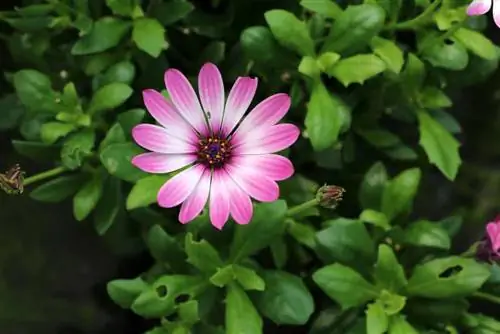
The cape basket, also called cape daisy because of the similar flowers, is an easy-care balcony plant. It tolerates sun and drought well. However, the pretty bloomers don't like waterlogging. Since the cape basket cannot tolerate frost, you should only plant it out in mid-May after the ice saints.
Tip:
The cape basket is available in a variety of colors that can be easily combined with each other.
Männertreu (Lobelia)

Lobelias are available as small plants or as upright plants. Although they love the sun, they cannot tolerate direct sunlight at midday. That's why a southwest balcony is the optimal location for the flowering plants, which develop a veritable sea of flowers. Planting takes place from mid-May after the Ice Saints.
Tip:
A perennial lobelia looks particularly good in a pot.
midday gold (Gazania)

The Midday Gold, also known as Gazania, is a real permanent bloomer on the balcony when the sun is shining. Because on cloudy days, gazanias, like the ice plant, do not open their flowers. Their flowers have light colors, such as soft pink or creamy white, or dark ones, such as red or dark brown. Since they can only tolerate temperatures down to minus five degrees Celsius, they should only be planted out in mid-May after the Ice Saints.
Tip:
Gazanias can overwinter in a frost-protected location until next spring.
From N to Z
Night Violet (Hesperis)
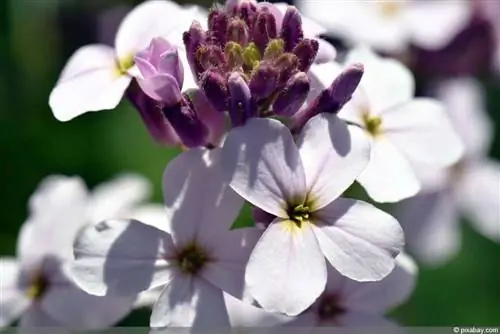
The common night violet exudes a delicate scent and has white or lilac flowers. On the south-west balcony it likes it in full sun or partial shade. The time of white or purple flowers is from May to July. Their height is between 60 and 70 centimeters.
Tip:
The easy-care night violet should be cut back after the first flowers have withered. This extends the life of the plant.
Magnificent Candle (Gaura lindheimeri)
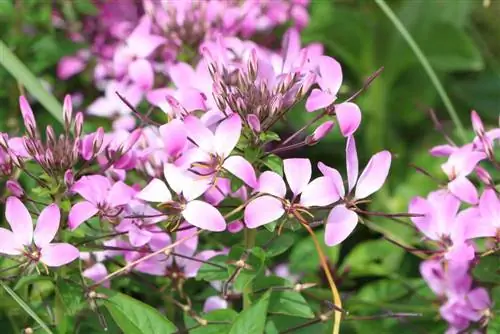
Splendid candles develop into real permanent bloomers in summer. When cultivated in a pot, they can grow up to 90 centimeters wide and 150 centimeters high. Their flower spikes are up to 60 centimeters long. The individual flowers have a white-pink color and are reminiscent of small butterflies. Gaura lindheimeri does not place any great demands on care. However, the plants should be protected from wind so that they do not collapse.
Tip:
The magnificent candle is one of the rare plants that are lime-tolerant.
Purple Bells (Heuchera)
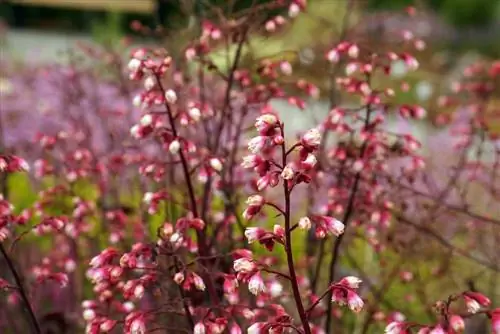
Depending on the variety, the purple bell needs more or less sun so that its colorful leaves retain their color. The small flowers grow on panicles and have a bell-like shape. The flowering period is from May to July. The height of Heuchera is, depending on the variety, between 40 and 100 centimeters.
Tip:
The perennial purple bell should also overwinter outdoors in a pot. However, in order for it to get through the cold season well, it needs winter protection.
Snowflake flower (Chaenostoma cordatum)
The snowflake flower, also called bacopa, has white flowers and dark green leaves. It can be cultivated in a bucket, in a balcony box or as a hanging plant. The permanent bloomers do not place any special demands on care. The only thing that should be avoided is waterlogging.
Tip:
Despite its name, the snowflake flower is not hardy.
Miracle Flower (Mirabilis)
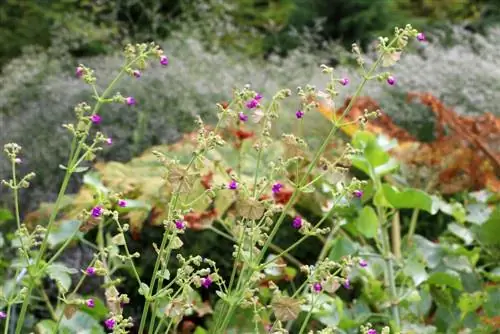
The miracle of Mirabilis is the flowers. Because they can have up to five different colors on one plant. It also has another special feature: its flowers, which occur between June and October, only open in the late afternoon. To ensure that the miracle flower continues to develop new flowers, you should immediately remove any that have faded. Mirabilis is planted in mid-May after the Ice Saints.
Tip:
On hot days, the miracle flower needs a lot of water. It's best to water them in the morning and evening.
Ornamental tobacco (Nicotiana x sanderae)
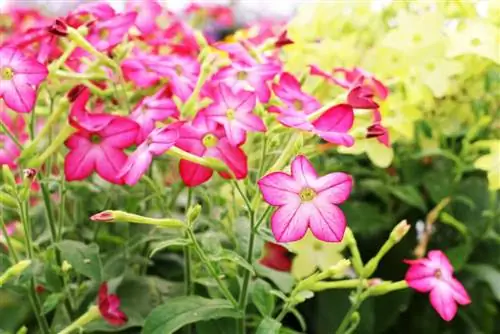
The annual ornamental tobacco is available in different varieties with different growth heights. For the pot on the balcony, you should choose a variety with a height of around 30 centimeters and upright-growing flowers. Since ornamental tobacco cannot tolerate frost, it should only be planted in May after the Ice Saints.
Tip:
Ornamental tobacco is a purely ornamental plant. Its leaves cannot be used for tobacco production.

